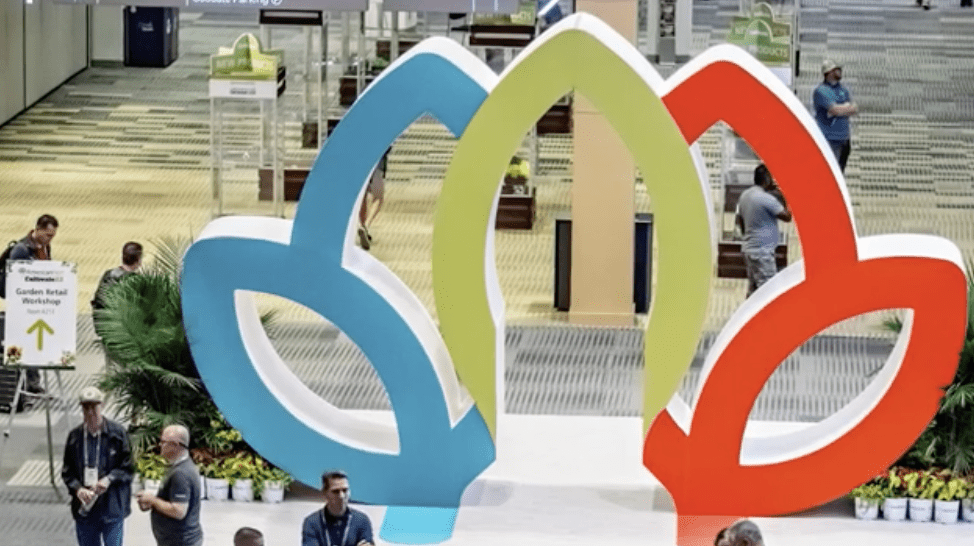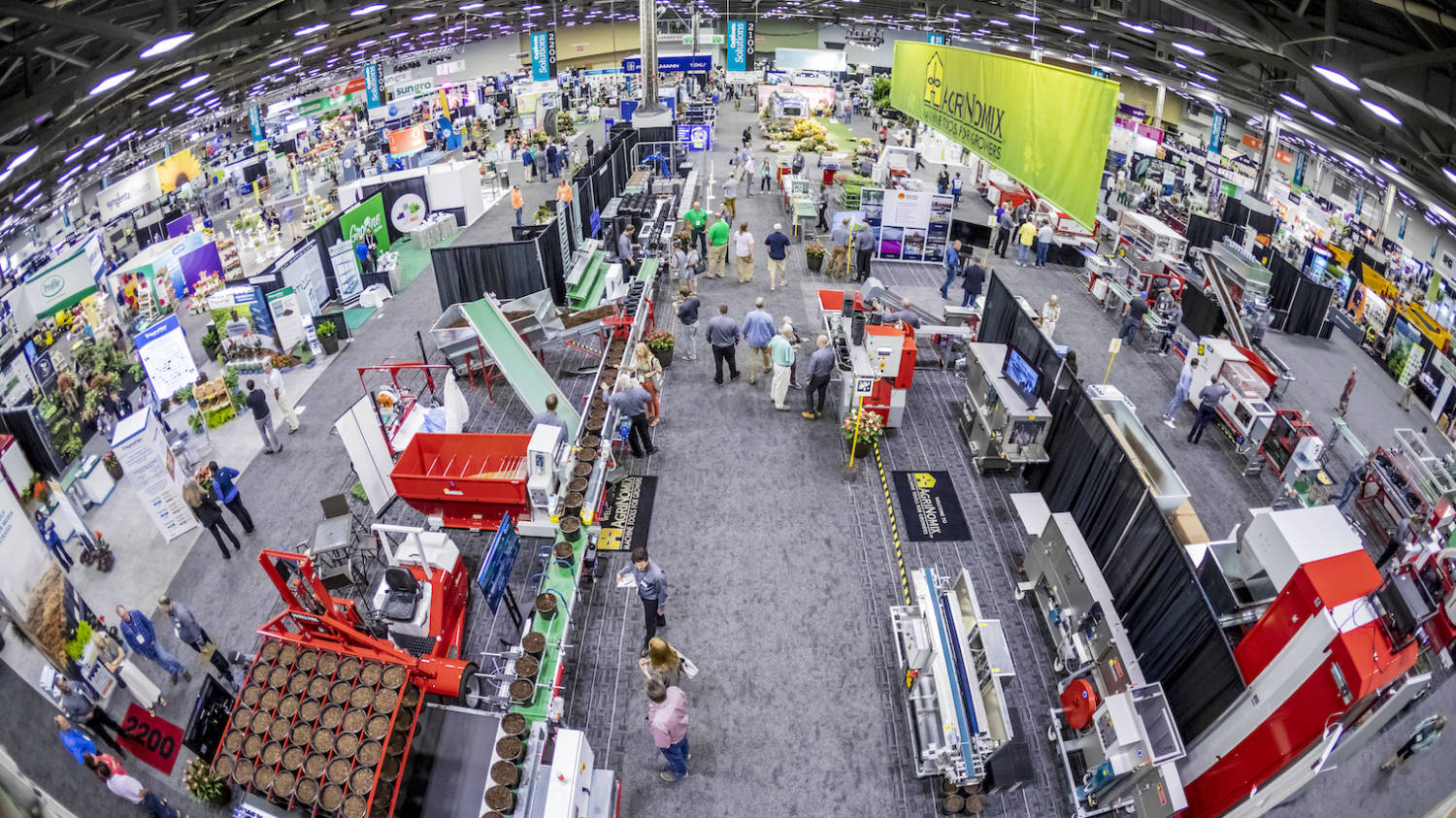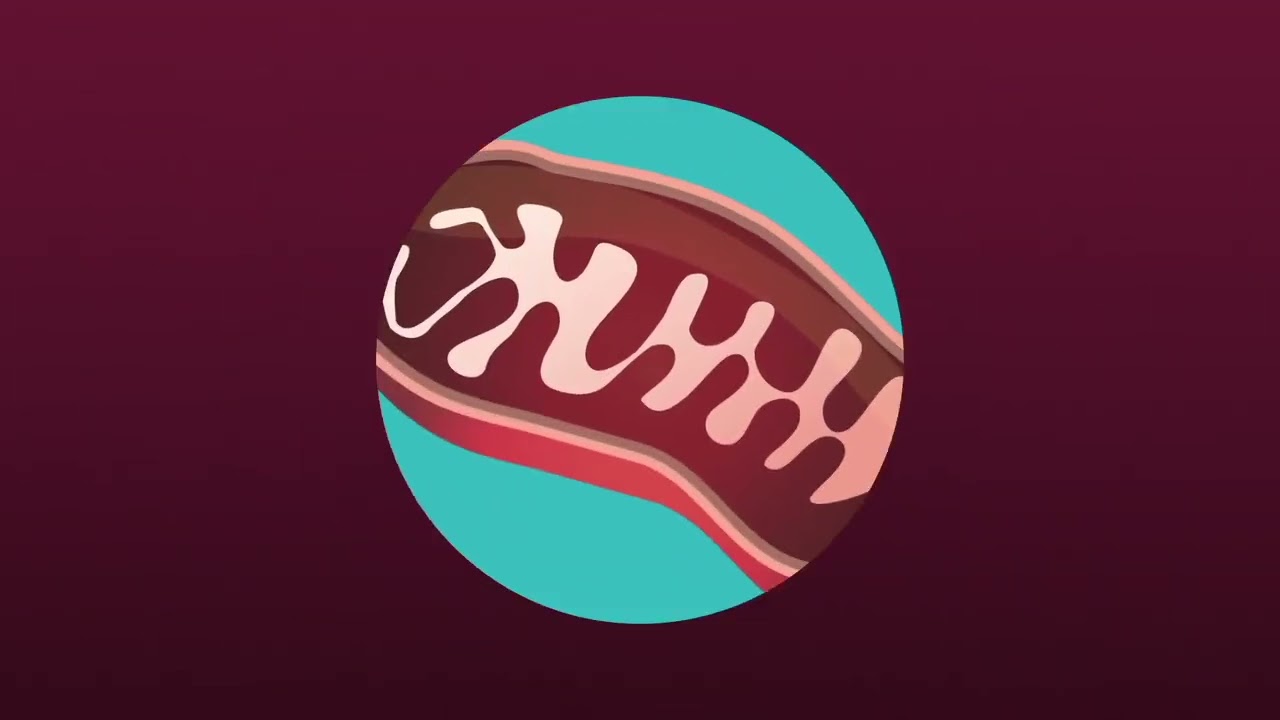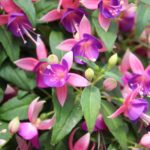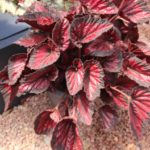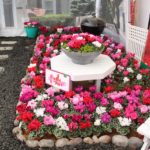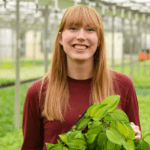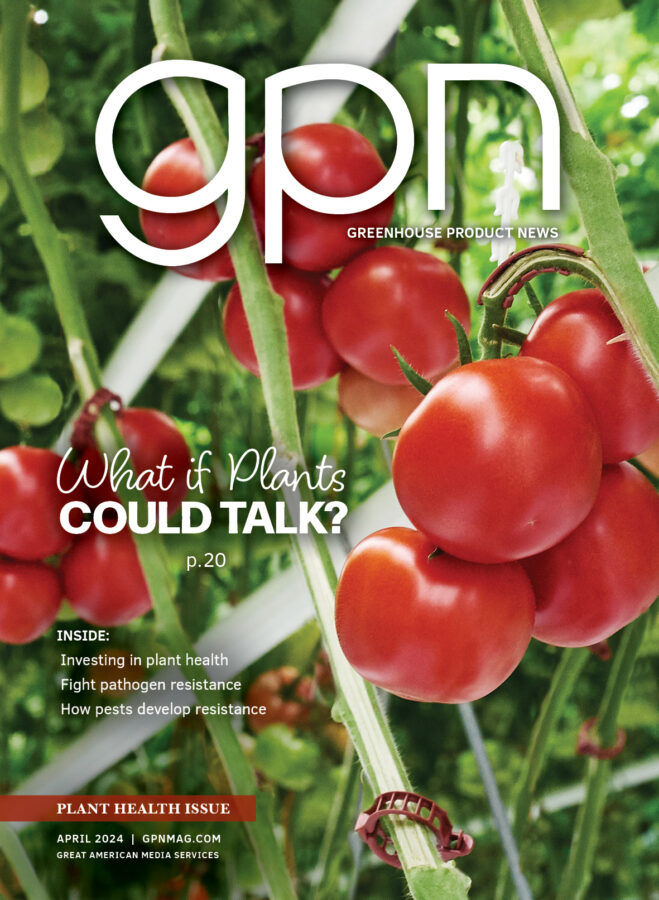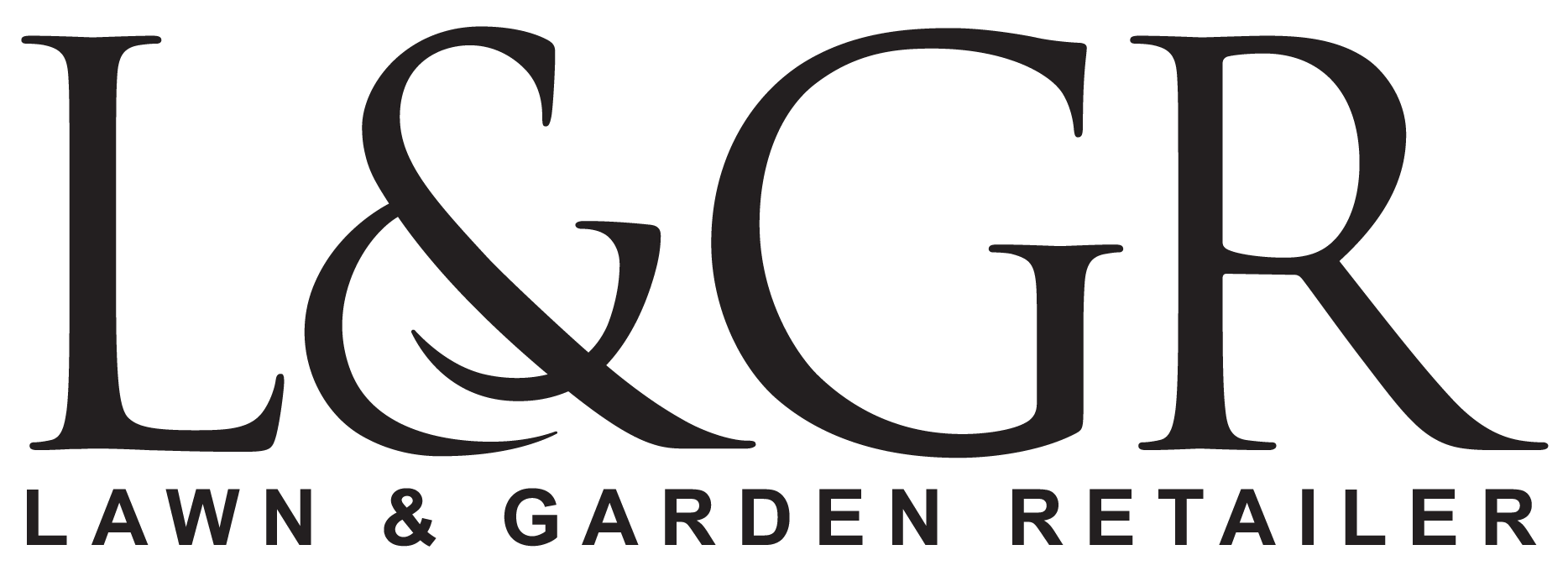Production
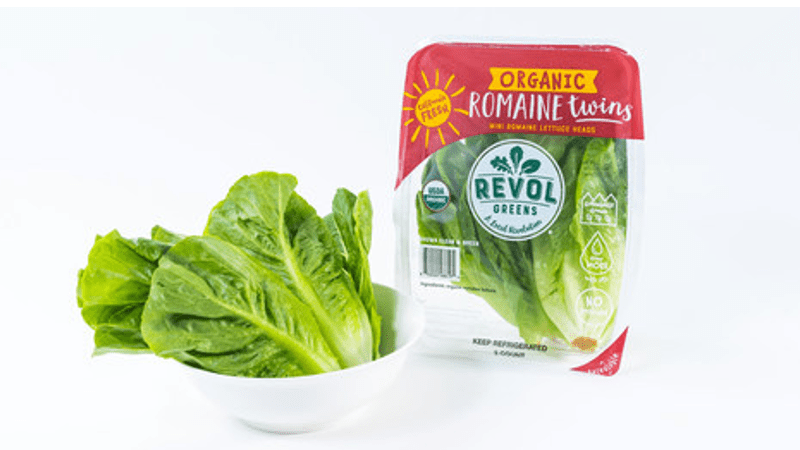
Revol Greens Doubles Romaine Production Capabilities
Revol Greens, a greenhouse lettuce grower in North America, will double its romaine lettuce production throughout the remainder of 2022 and into 2023. The increase in production is supported by Revol Greens' indoor growing facilities... more »
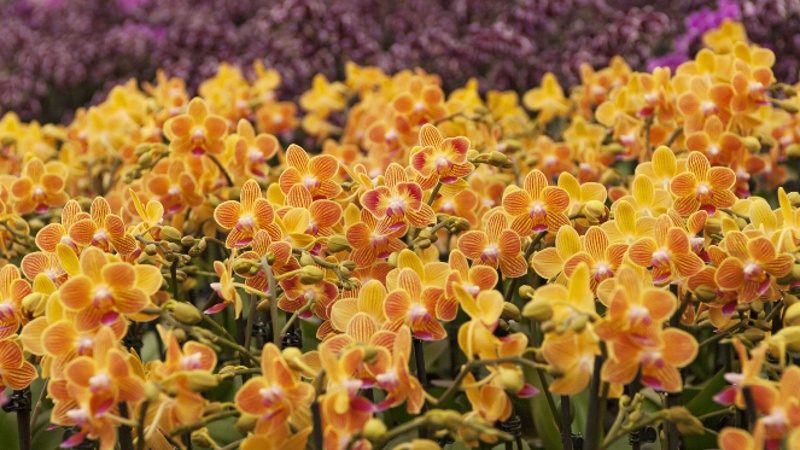
Driving Sustainability at Westerlay Orchids
Westerlay Orchids has made quite the mark in Carpinteria, California. What started as a rose operation when Joop Overgaag immigrated from the Netherlands in the late 1970s has now become an orchid powerhouse, growing more... more »
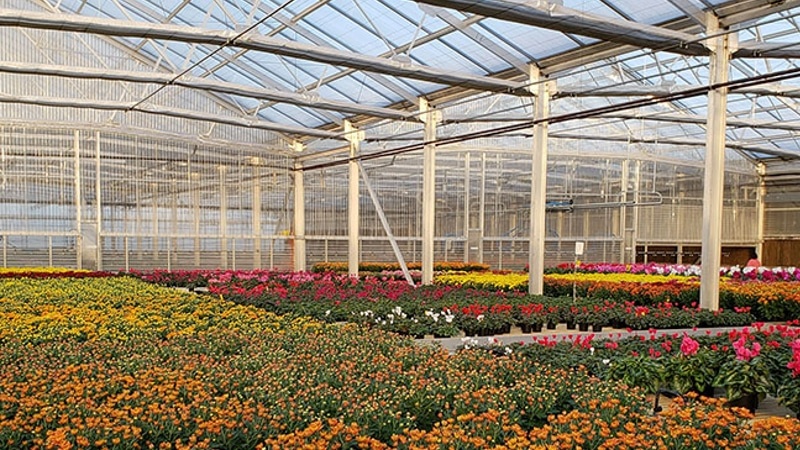
Technically Speaking: Pros and Cons of Cool Nights
Temperature is the most manipulated environmental parameter inside greenhouses and indoor farms. Temperature controls the rate of plant development and thus determines crop production time. It also regulates crop quality attributes including stem elongation and,... more »
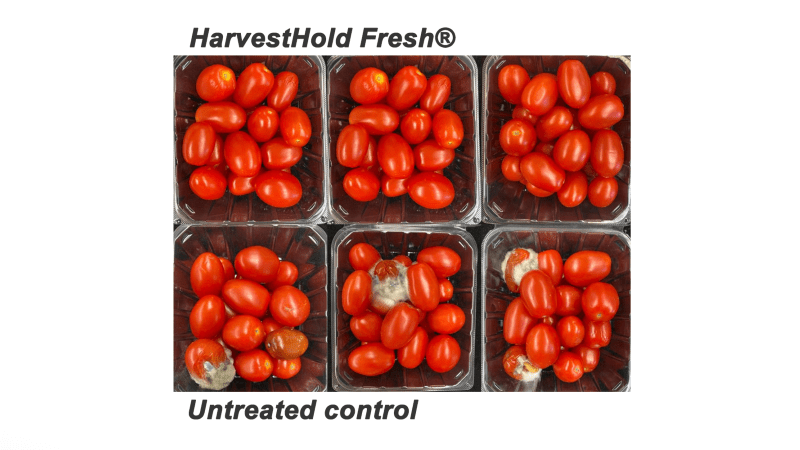
UF Research Demonstrates Tomato Results with HarvestHold
A recent study by the University of Florida Institute of Food and Agricultural Science (UF-IFAS) found the shelf-life of grape tomatoes can be dramatically improved using a postharvest solution by Verdant Technologies. The research team,... more »
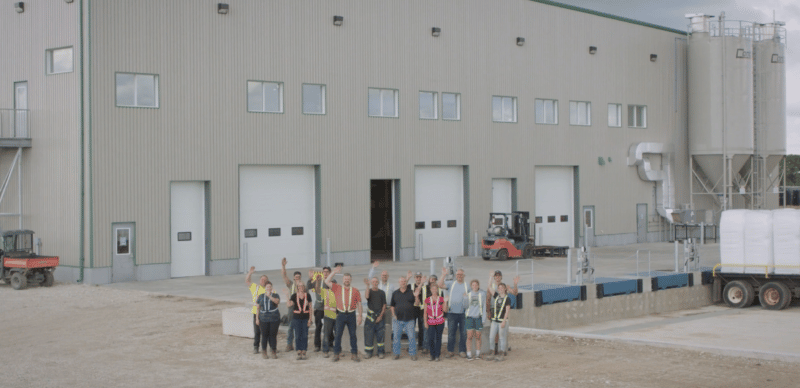
Berger Opens New Peat Moss Mixing Plant
Berger has announced the operational efficiency and reliability of its ninth horticultural peat moss mixing plant, located in the Oakbank community of Springfield, Manitoba, Canada. The more than 48,000-square-foot plant, built to add more equipment... more »
Enrichment Systems Collaborates With Florep, Caliplant Agro
Enrichment Systems LLC has entered into a collaboration agreement with Florep and its partner Caliplant Agro Group S.L. to research the benefits of dissolved gasses on the health and productivity of professional vegetable and fruit... more »
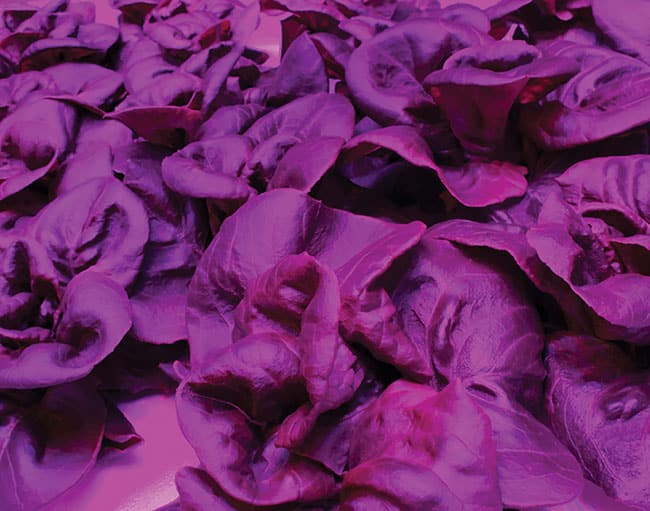
Technically Speaking: Futuristic Light(ing) in Horticulture
The science and engineering of crop production continues to advance with new or more effective technologies. This is especially true with the production of specialty crops inside greenhouses and indoor (vertical) farms. There have been... more »
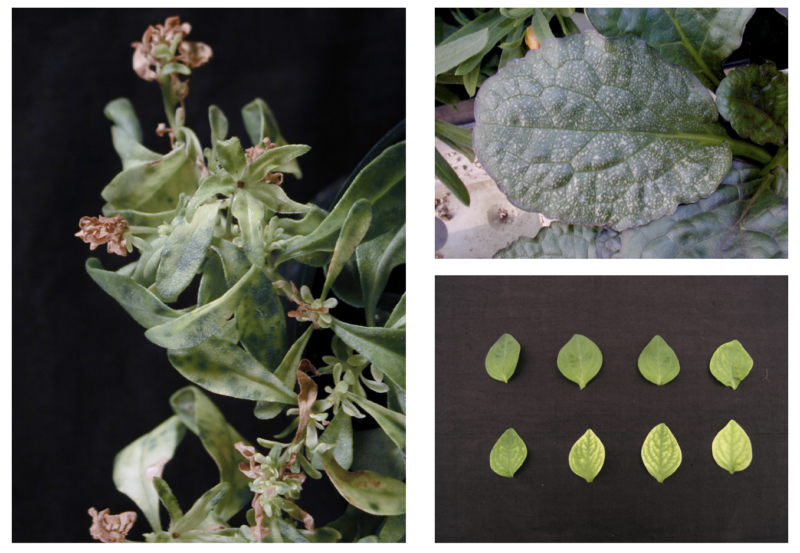
UF Readies Next Greenhouse Training Online Program
Train your staff to make better crop management decisions by learning in-depth aspects of plant nutrition management. Nutrient Management Level 2 (Advanced), which begins on Aug. 22, is the third course of the 2022 Greenhouse... more »

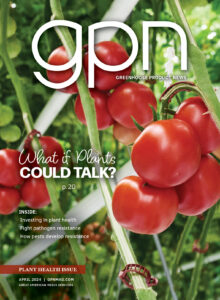
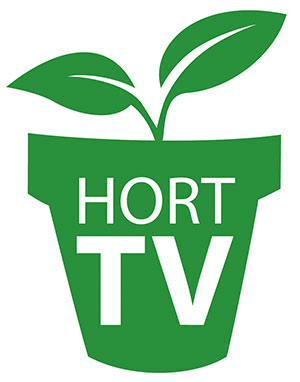 Video Library
Video Library 